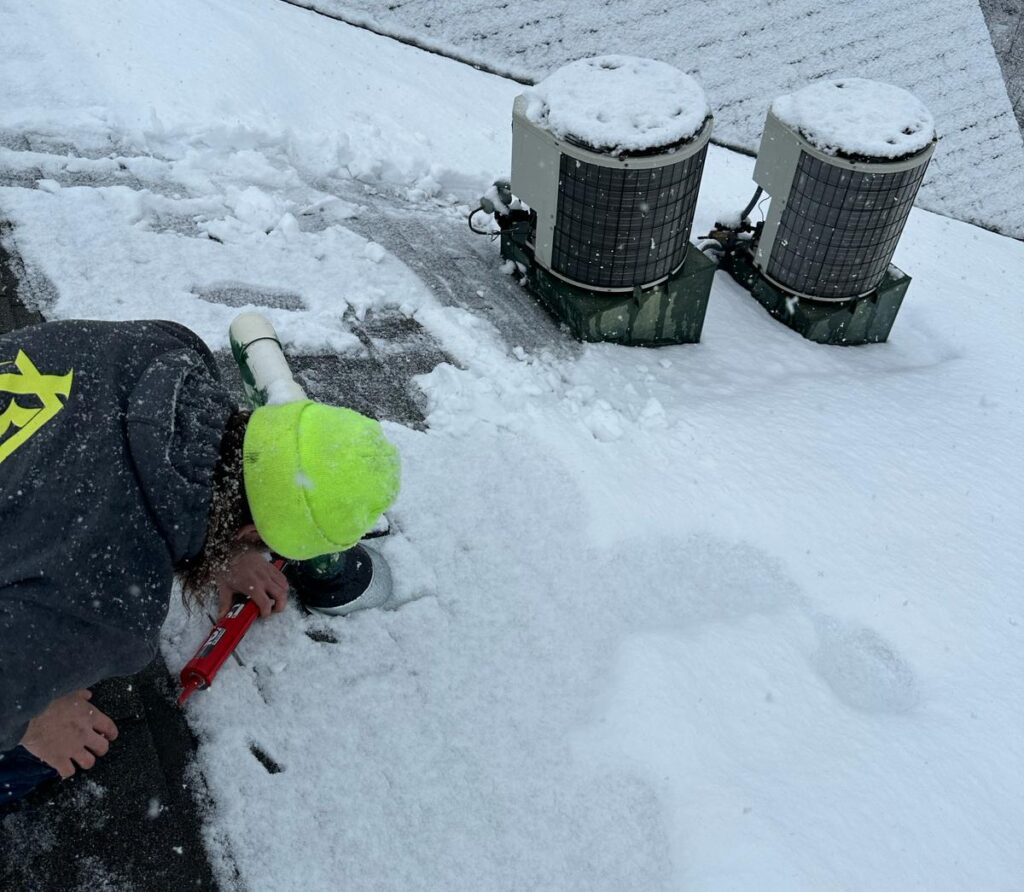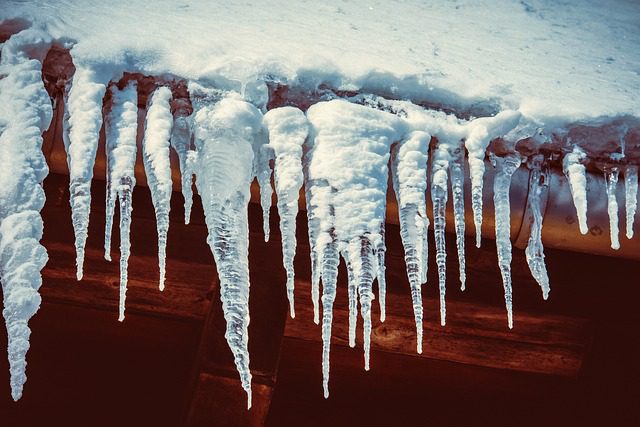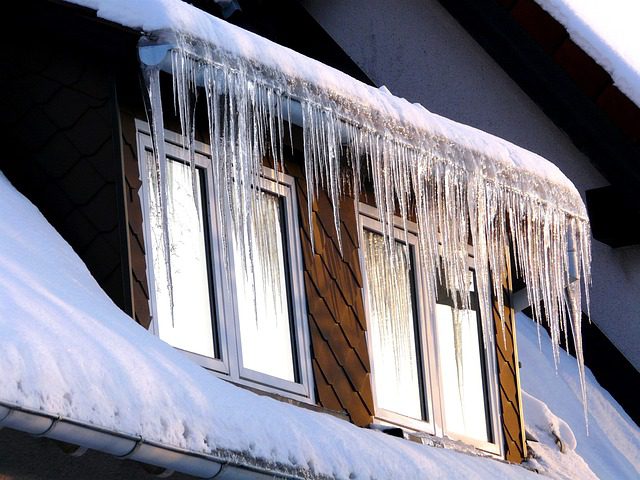
Can you fix a roof in the Montana winter? Yes, fixing a roof in the Montana winter is possible if it’s not too cold, and is more challenging than repairing a roof in the summer.
The cold temperatures can make it difficult to work with the materials, and snow and ice can make it difficult to access the roof. For these reasons, it's important to hire an experienced roofer who is experienced in working in cold weather. The ideal temperatures for roof repairs and roof replacements are between 40 F to 80 F.
Montana winters are cold and snowy. Montana's average monthly temperatures during the winter (December to February) range from 15 to 25 degrees Fahrenheit (-9 to -3 degrees Celsius).
Montana usually gets an average of 11 to 20 inches of snowfall, accumulating in late November or early December. It can linger until late March or April. The highest snowfall totals are usually found in mountain ranges, like the Rocky Mountains, which can get up to 150 inches of snow.
During the winter months, various winter sports can be enjoyed in Montana. Skiing, snowboarding, sledding, snowshoeing, and ice skating are some activities people can participate in. There are also numerous natural attractions, such as Yellowstone National Park and Glacier National Park, both open during winter.
The state also offers a variety of winter festivals, such as Big Sky Big Ski, a ski and snowboard event celebrated in Whitefish in late December and early January. Snow and Other Inclement Weather can create hazardous driving conditions in Montana, so it is important to stay informed on road conditions and be prepared when traveling during the winter months.
Using low-quality roofing materials during winter can cause serious damage to the roof and its structure. Low-quality materials are prone to cracking and can be damaged by cold temperatures and heavy snowfall, leading to leaks and water damage to the roof and home.
Low-quality roofing materials can also be less resistant to wind, snow, and ice, which can lead to additional damage. Additionally, low-quality materials may have shorter lifespans, which means they will need to be replaced more often, costing more in the long run.
For these reasons, it is best to invest in high-quality roofing materials to withstand extreme temperatures and weather conditions. You can start by finding out what’s the best roof for Montana weather.
Replacing a roof in the wintertime is more common than some think. Sure, you may not be able to go up on the roof in the snow and ice, but you can still complete the entire roof replacement in the winter. There are many reasons why winter roof replacement might be a better idea than waiting until the warmer months.
One of the benefits of replacing a roof in the winter is that the labor costs tend to be lower in the off-season. Roofing contractors may be less busy at this time of year and could be more willing to negotiate on price. This can result in significant savings for homeowners looking to replace their roofs.
Another benefit to replacing a roof in the winter is that it can get done faster. When contractors are busier in the summer, it usually takes longer to complete a project due to the high demand for their services. The winter months may be more conducive to a quicker job.
Overall, replacing a roof in winter may be a good idea. There are many reasons why it might be a better option than waiting until the warmer months. Homeowners should weigh the pros and cons of winter roof replacement before deciding, but it's an option to consider.

It is possible to repair or replace a roof in the winter in Montana, but it may be more challenging than doing it during the warmer months. Cold temperatures can make the shingles brittle and more difficult to work with, and the snow and ice can make it difficult to access the roof and pose a slipping hazard.
It is important to be extra cautious when working on a roof in the winter, and it may be necessary to take breaks to warm up if the temperatures are extremely cold. It is also a good idea to plan ahead and make sure you have all the necessary materials and equipment before starting the repair or replacement.

Before starting any repair or replacement work, it is important to thoroughly inspect the roof to determine the extent of the damage and whether it is safe to proceed. If the roof is heavily damaged or leaking, it may be best to wait until the spring when the weather is more conducive to repairs.
Working in the cold can be challenging, so it is important to dress appropriately in layers and wear warm, waterproof clothing. It is also a good idea to have a heat source on hand to warm up during breaks, such as a portable heater or warm drinks.

If there is snow or ice on the roof, it will need to be removed before starting any repair or replacement work. This can be done using a roof rake, but be careful not to damage the roof in the process.
Cold temperatures can make the shingles more brittle and prone to breaking, so it is important to handle them with care. It is also important to be cautious of the slipping hazard posed by the snow and ice, and to use caution when climbing on the roof.
Once the roof is cleared of snow and ice and the weather conditions are safe to work in, proceed with the necessary repairs or replacement. Make sure to have all the necessary materials and equipment on hand before starting.
When the repair or replacement is complete, be sure to clean up any debris and properly dispose of it. It is also a good idea to check the roof after a few days to ensure that all the repairs have been successful and there are no leaks.
When it comes to your roof, it's important to keep an eye out for any potential signs that something is wrong. A few of the most common signs that you need a roof repair, or replacement include the following:
The best way to make sure your roof is in good condition is to have it inspected by a professional regularly. If you see any of the signs mentioned above, be sure to call a roof repair or replacement specialist right away. Doing so can help prevent further damage and save you money in the long run.

It's generally better to get your roof fixed not during the winter months so schedule ahead of time.
The team at Brix Systems has been fixing and replacing all kinds of roofs in Kalispell, Montana for nearly 10 years. During a snowstorm, we're happy to provide quality roof replacement services. Our team of skilled roofers can replace any roof, no matter how big or complicated it is.
To make sure that your roof replacement is done right and safely, we only use the best materials and work. Our roofers have the skills and knowledge to do the job right and make sure that your roof replacement is done quickly and efficiently. Call us today if you need a new roof during a snowstorm.
The temperature should be above 40°F (4°C) for roof repair and replacement. If the temperature is below 40°F, the materials used for the repair or replacement may not adhere properly and could lead to further damage.
Yes, new shingles can seal in cold weather. However, it is important to ensure the temperature is above 40°F (4°C) and that the surface is clean and dry before applying the shingles. Additionally, the shingles must be applied according to the manufacturer's instructions to ensure they seal properly.
Yes, roof cement can be applied in cold weather, as long as the temperature is above 40°F (4°C). It's important to make sure the surface is clean and dry before applying the cement and that the cement is applied according to the manufacturer's instructions.
Yes, it is possible to replace gutters during the winter, though it can be more challenging due to cold temperatures. It is important to take extra precautions when working in cold weather, such as wearing more layers for warmth and taking breaks to prevent hypothermia. It is also important to make sure that the gutters and connecting parts are properly insulated to prevent freezing and minimize the chance of ice damming.